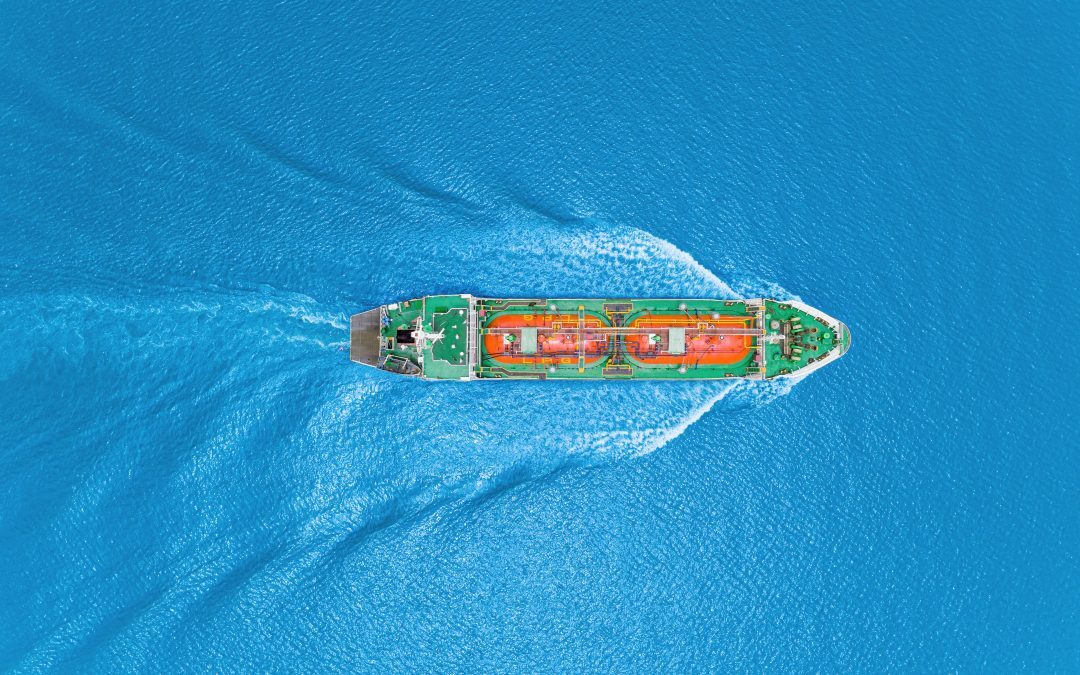India’s ship recycling industry is likely to rise to between 3.8 and 4.2 million gross tonnes by 2025, high from an estimated 2.3 to 2.6 million gross tons in 2024, according to a report issued by CareEdge.
Currently, India accounts for 33 percent of global gross tonnage dismantled in 2023. It ranks second in this field, following Bangladesh, which managed 46 percent of the total.
Sajani Shah, Assistant Director, CareEdge, further said: “Broadly, the Indian ship recycling industry is expected to undergo a significant increase in calendar year 2025 and is scheduled to recycle at a similar number in calendar year 2024. It could be anywhere in the range of 2.3 to 2.6 million GT. We are expecting a huge growth of over 3.8 to 4.2 million GT in the calendar year 2025 itself.”
The Indian ship recycling sector is expected to increase by a compound annual growth rate of almost 10 percent from 2026–28. According to Shah, the Baltic Dry Index has cooled down, heavy melting scrap prices have stabilized, and obsolete ships that are presently operational have risen in numbers. Therefore, he predicted, that more vessels would trickle into the recycling market starting in 2025.
Countries that enjoy better infrastructure and environmentally friendly recycling facilities will cut a wider share of the vessels from now on, the report said.
Consequently, India has accounted for almost 33% of the world’s recycling activities since last year, and this year as well, growing from around 27% in previous years. As a volume, India dismantled 2.26 million GT in 2022 and 2.47 million GT in 2023.
The report further stated that ship recyclers are well placed to enjoy a favorable financial structure characterized by low debt levels, little by way of fixed overheads, and a predominantly contract-based workforce. All the factors combined—with stable freight and steel scrap prices and an expected rise in the number of obsolete ships—indicate that ship recycling activity will continue to grow.
The most significant factor has been the collapse in global ship-recycling activities against a steady growth in shipping capacity within recent years. There is, therefore, a steady increase in the number of obsolescent vessels in active service. The entry of newer and more efficient ships results in the marginalization of older vessels, raising an increasing need for recycling as operators strive to retire unremunerative ships.
The Indian ship recycling industry was battered due to the increase in heavy melting scrap prices during fiscal years 2023 and 2024. The heavy melting scrap price went up from Rs 28,800 per tonne at Bhavnagar, Gujarat, to the highest price of Rs 54,400 per tonne in April 2022, mainly due to supply chain constraints and more so due to an increase in the demand for steel post-pandemic circumstances.
But once more, there was no representation once scrap prices began falling back from that peak and stabilized at Rs 39,900 per tonne in December 2023. For the past year since January 2023, prices stabilized within a range of Rs 36,000 to Rs 44,000 per tonne, which suggests that the market was adjusting to post-pandemic conditions and providing a more predictable cost structure for industries dependent on scrap metal.
India’s shipbreaking industry is an integral part of the global maritime sector. According to ICRA, the top four countries—Bangladesh, India, Pakistan, and Turkey—account for more than 90 percent in terms of volume of shipbreaking activity worldwide. Alang, a district in the state of Gujarat, is home to one of the largest facilities for shipbreaking globally with more than 140 recycling yards.








